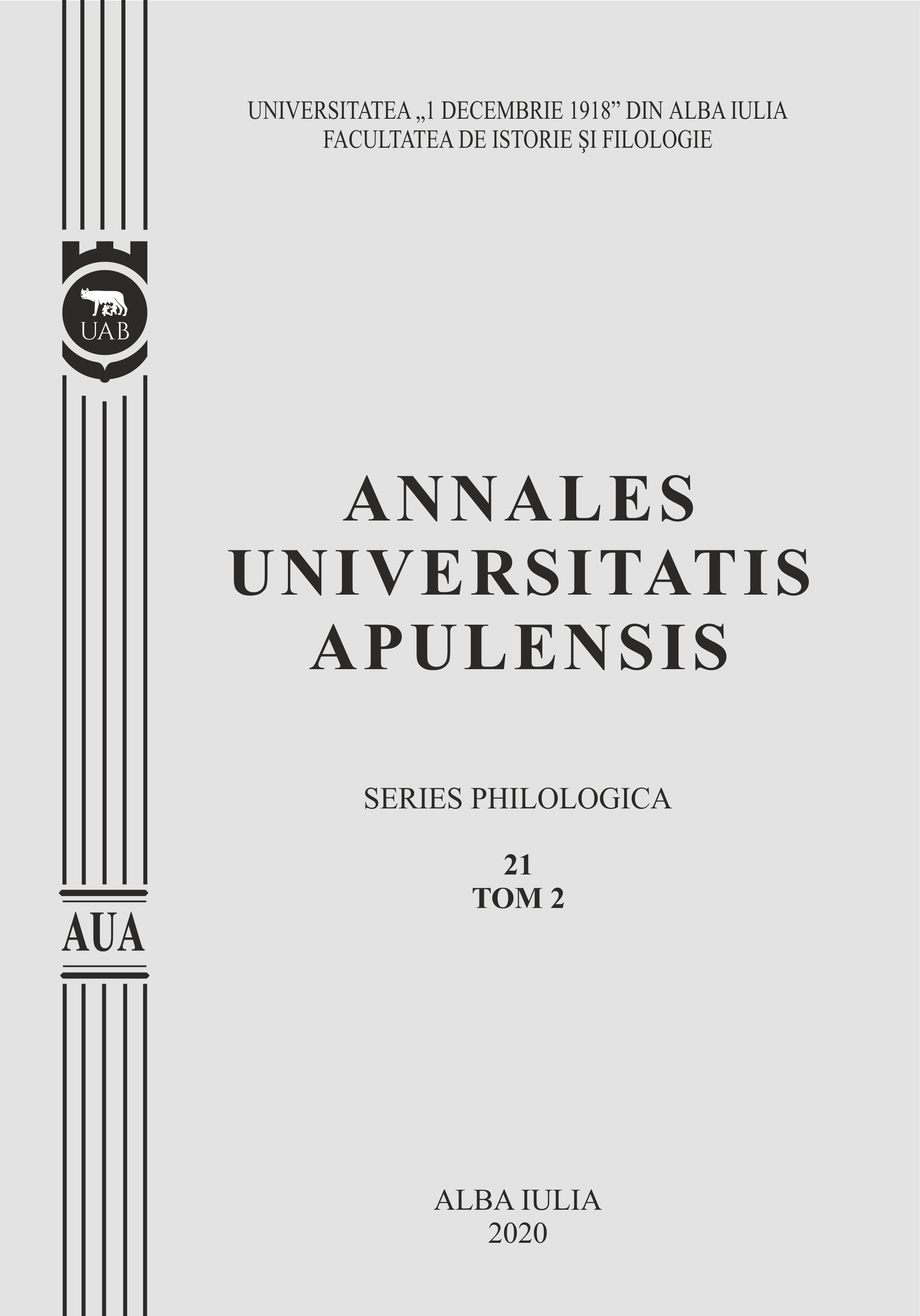JAMES JOYCE’S CREATION OF IMAGERY FROM CALLOWNESS TO COGNIZANCE. A CLOSE INSIGHT INTO THE ROMANIAN TRANSLATION AND RETRANSLATION OF SIMILES IN ‟A PORTRAIT OF THE ARTIST AS A YOUNG MAN”
JAMES JOYCE’S CREATION OF IMAGERY FROM CALLOWNESS TO COGNIZANCE. A CLOSE INSIGHT INTO THE ROMANIAN TRANSLATION AND RETRANSLATION OF SIMILES IN ‟A PORTRAIT OF THE ARTIST AS A YOUNG MAN”
Author(s): Andra Iulia UrsaSubject(s): Language and Literature Studies, Studies of Literature, Lexis, Translation Studies
Published by: Universitatea »1 Decembrie 1918« Alba Iulia
Keywords: Similes; Strategies of Translation; Modernism; Figurative language; Retranslation theory;
Summary/Abstract: “A Portrait of the Artist as a Young Man” envisages James Joyce’s attempt to transfer his life experiences into language. The author is well known for his breakthrough in resuscitating language and making it reflect features of mental activity, inner turmoil, and perception. Written in the form of an autobiography, the creation contours the profile of a young Catholic Irishman and his intellectual evolution from boyhood to adulthood. The outcome work, considered as a landmark of modernism, puts language front and centre as the pervasive power in constructing the rebellious youth, Stephen Dedalus. The metaphoric language creates, throughout the novel, various instances of symbolic forms of feelings and attitudes. This study highlights the most prevalent similes as linguistic ornamental devices and essential tools for conceptualizing reality. Further on, we intend to examine the strategies used by two Romanian translators, Frida Papadache, in 1969, and Antoaneta Ralian, in 2012, to render how the character's uneven linguistic expression fully develops in body and mind. The retranslation hypothesis states that subsequent translations manage to be closer to the intentions and form of the original text. Our primary purpose is to use contrasting instances of the same source text paragraphs in gathering sufficient evidence for proving the question.
Journal: Annales Universitatis Apulensis. Series Philologica
- Issue Year: 22/2021
- Issue No: 2
- Page Range: 389-400
- Page Count: 12
- Language: English

